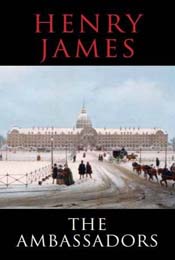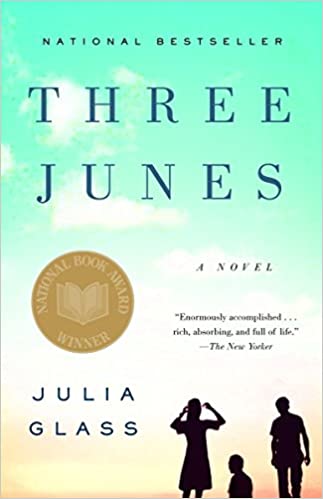
This blog posts on Mondays. Second Mondays of the month I devote to my writing workshop students and anyone else interested in creative writing. Welcome!
> For the archive of workshop posts click here.
My mantra is, your best teachers are the books you have already read and truly loved. One way to extract the lessons they can provide to you as a writer is by way of what I call emulation-permutation exercises.

I especially admired this fragment in Henry James’s The Ambassadors :
the sky was silver and turquoise and varnish
so I broke it down as follows:
the sky was [some kind of metal] and [some of stone] and [some kind of liquid].
Mine:
the sky was gold and sapphire and milk.
the sky was tin and coal and whiskey.
the sky was brass and amber and bootblack.
Try doing as many of these as you can, whether one, two, or seventeen. Then, circle the one that strikes you as the most vivid and/ or apt for the manuscript you are currently working on.
Another example:

In reading Julia Glass’s novel, Three Junes, I admired this passage:
“Paging through the news from afar, he finds himself tired of it all. Tired of Maggie Thatcher, her hedgehog eyes, her vacuous hair, her cotton-mouthed edicts on jobs, on taxes, on terrorist acts.“
So, breaking this into chunks:
her [name of uncommon animal] eyes, her [quirky adjective] hair, her [adjective describing mouth / voice] [some form of speech] on [noun], on [noun], on [noun].
At the time I was writing The Last Prince of the Mexican Empire and struggling for a vivid description of one of my key characters, Princess Josefa de Iturbide, then an aging and overpowering spinster who has taken over the care of her nephew– from the point of view of another character, who was disinclined to be sympathetic. I used this basic structure (with a little wiggle room) to come up with the following:
Her lizard eyes, her coiled-up hair, her sharp-tongued pronouncements on his toys, his nap-times, his hot milk with sugared bread.
I decided I quite liked just the first part – her [name of uncommon animal] eyes, her [quirky adjective] hair – so I kept going just for fun (I didn’t use any of these):
Her angel-fish eyes, her dumpy hair
Her ferret eyes, her over-blown hair
Her Shetland pony eyes, her indecisive hair
His raccoon eyes, his ludicrous toupee
His weasel eyes, his cockamamie comb-over
and so on…
Once you’ve done a few, or several, circle the one that most appeals to you.
*
From the Daily 5 Minute Writing Exercises:
January 25 “Emulation-Permutation”
Take a particularly vivid and rhythmic sentence or two from someone else’s book or story, and then exchange the verbs and/or adjectives and/or adverbs and/or whatever to make it your own. For example, while reading Conversations with Gore Vidal(edited by Richard Peabody and Lucinda Ebersole), I came across this vignette in the piece by Larry Kramer, “The Sadness of Gore Vidal”:
“He is very fat. His face is lined. His hair, all of which he still has, looks like its in the end stages of a coloring job. He says he has to worry about his health. He orders a steak.”
Here’s my emulation-permutation on that:
She is very thin. Her face is as smooth as a child’s. Her hair, which is sparse and frizzed, reminds me of what might be a fried mermaid’s. She says she is ravenous. She orders the sardine sandwich.
And another:
He is huge. His face appears to have been inflated. His hair has been slicked back with a strong-smelling lotion. He says he hasn’t time for more than a quick bite. He orders the brisket.
Do as many emulation-permutations as you can on this, or on another selection– preferably from your own favorite reading. No rules.
P.S. You can find the archive of workshop posts here.

Blast Past Easy: A Permutation Exercise with Clichés
“What Happened to the Dog?”
A Story About a Typewriter,
Actually, Typed on a 1967 Hermes 3000
